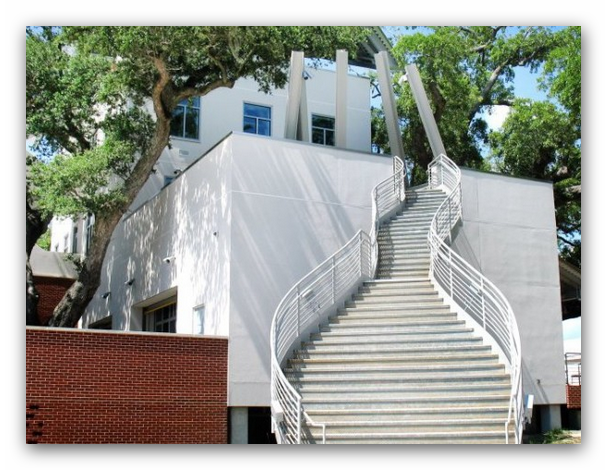The four-acre Museum campus, with its majestic live oak trees, was designed by architect Frank O. Gehry as a series of six small pavilions woven among the trees and connected by an open brick plaza. The campus includes the reconstructed 1880s home of Pleasant Reed, an emancipated slave. The Museum promotes the legacy of Biloxi potter George E. Ohr (1857-1918) and the diverse cultural heritage of the Mississippi Gulf Coast, with a strong focus on ceramic arts. The area has a long history of ceramic art - from the Native Americans, to Meyer and Ohr, and Shearwater pottery.
In addition to almost 200 pieces of George Ohr's pottery, the Museum holds work of other ceramicists. These include Joseph Fortune Meyer (1848-1931) and Toshiko Takaezu (1922-2011). Also, works by contemporary Asian ceramists, sculptors and painters.
A large selection of the pottery of George Ohr is always on display, and rotating, temporary exhibitions focus on innovative artists of all media.
Exhibitions & Dates
City Within a City: African American Culture in Biloxi - Pleasant Reed Interpretive Center
-
Highlights the cultural history of vibrant, segregated Biloxi, Mississippi during the post WWII years

